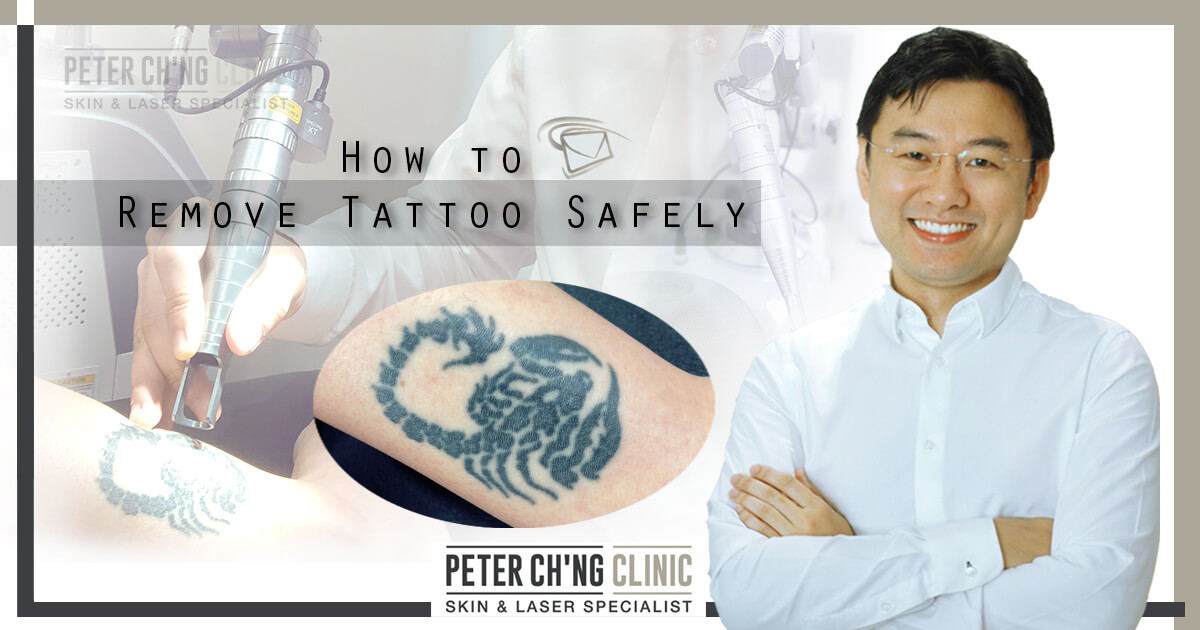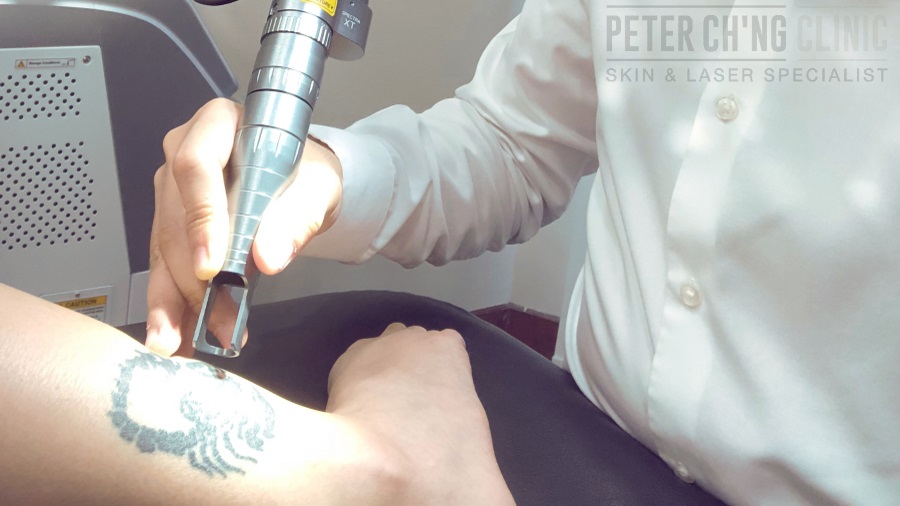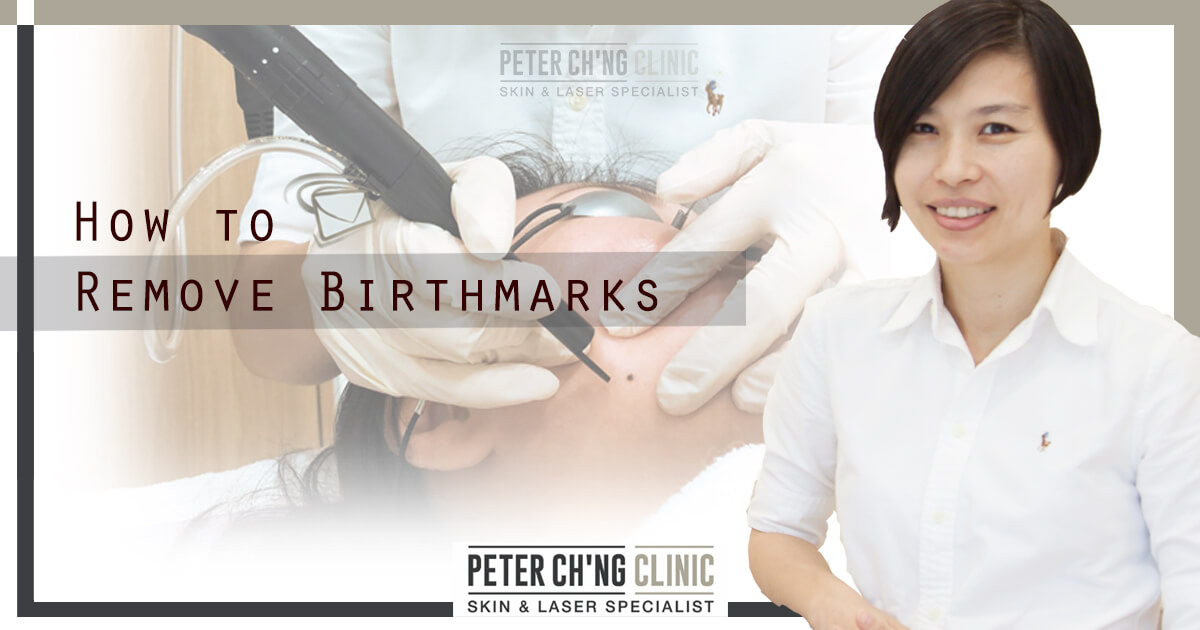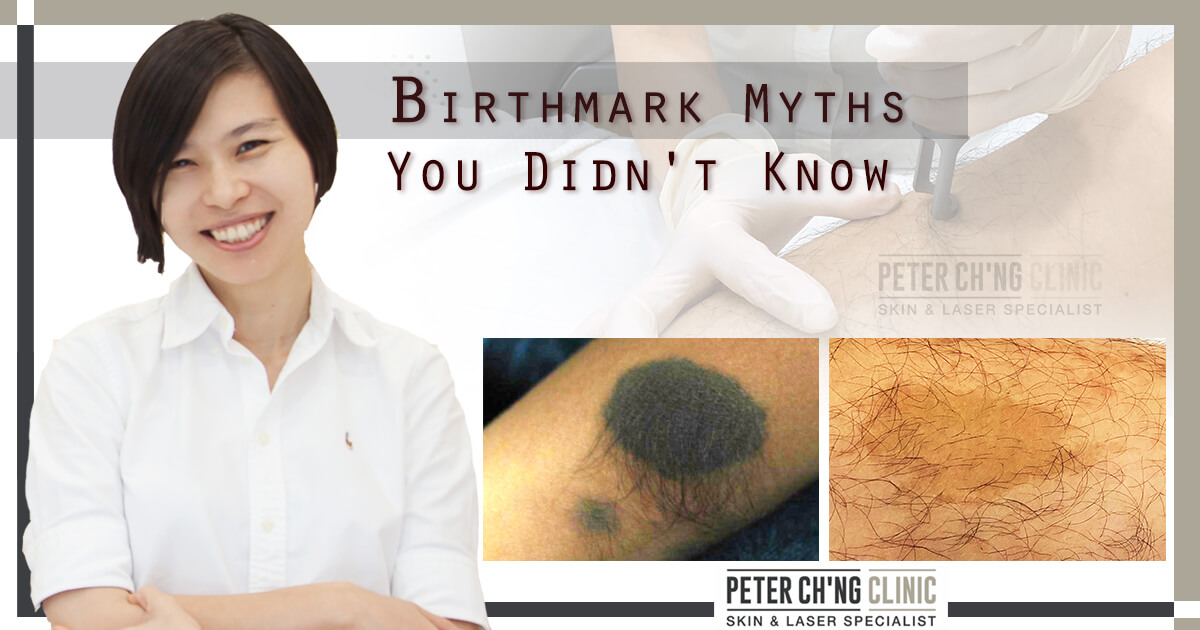Patient Mailbox: How to Remove a Tattoo I No Longer Want

Hello there! How are you doing?
I'm Dr Peter Ch'ng and here's Episode 8 of our Patient Mailbox series. We collect handpicked questions submitted by patients suffering from various skin diseases and condition, and personally answer them with our best efforts. I hope to help any one of you who face challenges from similar situations.
Editor’s Note: Dr Peter Ch’ng is a Consultant Dermatologist actively involved in numerous talks and workshops, and is an esteemed contributor to dermatology research and publishing internationally. He practices at both Peter Ch'ng Clinic Skin & Laser Specialist in Desa Park City and Gleneagles Hospital Kuala Lumpur.
Question:
Hi Dr Peter,
I’m Ng, and I hope to get some advice. Here’s the thing: I have this tattoo from my younger days on my forearm, about the size of my palm. I had it back when I was doing part time and freelance jobs.
However, I plan to take on a full time job in a corporate office soon, and I don’t think this visible tattoo is a good idea for that. I have heard of some chemical peeling methods that may allow me to DIY my tattoo off, but is that true?
What would you recommend for the most effective and efficient way to get rid of this tattoo?
Answer:
That's an interesting situation, though not uncommon at all - many people want to have their tattoo removed some point of time, either for work, appearance, or for a new tattoo to replace the existing one.
DIY tattoo removal - No!

For starters, I wouldn't recommend a DIY tattoo removal with chemical peeling or any other methods that we often hear about.
This is because the tattoo ink is tattooed into the middle layer of our skin. Therefore any DIY method to remove the tattoo will require us to enter into this level in our skin, and any meddling in the middle layer of our skin will cause scarring.
If we use chemical peeling like acid to peel the middle layer of the skin, we may be able to remove the tattoo, but end up with bad scarring. The same goes to any other methods like using fire to burn off the tattooed skin surface - the tattoo may disappear but we'd be left with severe damage and scarring on our skin.
The solution: Laser tattoo removal
On the other hand, using a laser treatment, the tattoo ink and pigments with the tattoo will absorb the laser light. This will cause either a photothermal or a photoacoustic effect on the pigments.
Photothermal effect
During the laser treatment, our skin pigments absorb the laser light, and this light turns into heat that damages the pigment. These damaged pigments (that carried the tattoo ink) are then removed by a cell called macrophage. Macrophage are like the "garbage collector cells" in our body - they collect unwanted substances in our bodies (in this case the tattoo pigments damaged by laser) and remove them.
For a photothermal effect, an Nd-Yag Laser in Q-switch mode (nanosecond laser light mode) is used.
But do take note: laser treatments should only be done by certified medical doctors and professionals. Getting a laser treatment from unqualified practitioners can lead to treatment risks like burns and scars on our skin!
Photoacoustic effect
We also have a more advanced tattoo removal laser that gives a photoacoustic effect when removing tattoo. This is when the laser light is so fast that it breaks down the pigments acoustically, via repetitive heating the breaking of the pigments inked by the tattoo.
This is done by an Nd-Yag Laser in Picosecond mode, used for a photoacoustic effect in tattoo removal. But once again, do make sure that any laser treatment considered is done only by certified medical doctors and professionals, or we risk getting complications and burns and scars from the treatment.
Laser tattoo removal is the safest and most effective treatment to remove tattoos. If you’re interested in getting one, call us at +6011-22882299, WhatsApp us here, or book an appointment with Dr Peter here!
What you can expect
With a laser tattoo removal treatment, we usually need several sessions to remove the tattoo completely, and each session is done one month apart with repeated procedures.
During the treatment, there may be some discomfort, but a numbing cream is used to reduce the discomfort prior to the treatment.
The tattoo will not disappear instantly after the laser treatment. In fact, after the laser treatment, the tattoo may become even darker in colour, and there may be a margin of redness surrounding the tattoo.
Then over the next couple of weeks, we can see the tattoo starting to lighten and slowly fade.
What to watch out for

We need to use different wavelength of lasers for different colour of tattoos. For example, we can use a 532 nanometer wavelength laser for red coloured tattoos, but we need to use a 1,064 nanometer wavelength laser for black coloured tattoos.
Otherwise, there may be complications. One common misconduct in laser tattoo removal is using the wrong laser wavelength for the wrong coloured tattoo.
As a result, there would be either no effect of tattoo removal, or complications like blisters and scarring can happen.
Knowing the skin type of the patients is also important, so that doctors know what laser to use, and what level of laser energy to be used for different skin types.
During the treatment, doctors also need to clearly know the end point of the procedure being carried out, to know whether to increase or decrease the laser energy throughout the treatment process.
This is why you should always only get your aesthetic treatments from certified medical doctors and professionals. Getting a laser treatment from unqualified practitioners can expose you to risks of complications you don't want on your skin and body!
So do be careful in deciding how to get your tattoo removed, and I hope that my advice can help you in doing just that. Tattoos can be removed, but the key to that is doing it in an effective and most importantly, in a safe manner with a medical treatment.
Look out for next week's entry as we look at some facts and myths on tattoo removal!
Cheers.
*Editor’s note: As an esteemed dermatologist and skin specialist, Dr Peter is a renowned doctor in treating various skin conditions. He also prides himself in being able to treat acne patients of all types, with a 100% acne treatment success record. If you’d like to ask more about your skin condition or have a discussion with Dr Peter, call us at +6011-22882299, WhatsApp us here, or book an appointment with Dr Peter here!

If you’d like to ask more about your skin condition or have a discussion with Dr Peter, you can contact us at +6011-22882299, Whatsapp us, or book an appointment with Dr Peter here!
Treatments mentioned in this article :

Laser Treatments for Moles, Birthmarks & Tattoo
Moles, birthmarks and tattoos all require treatment at the inner layer of our skin. For these conditions, laser treatments are usually the safest and most effective options for removal.


